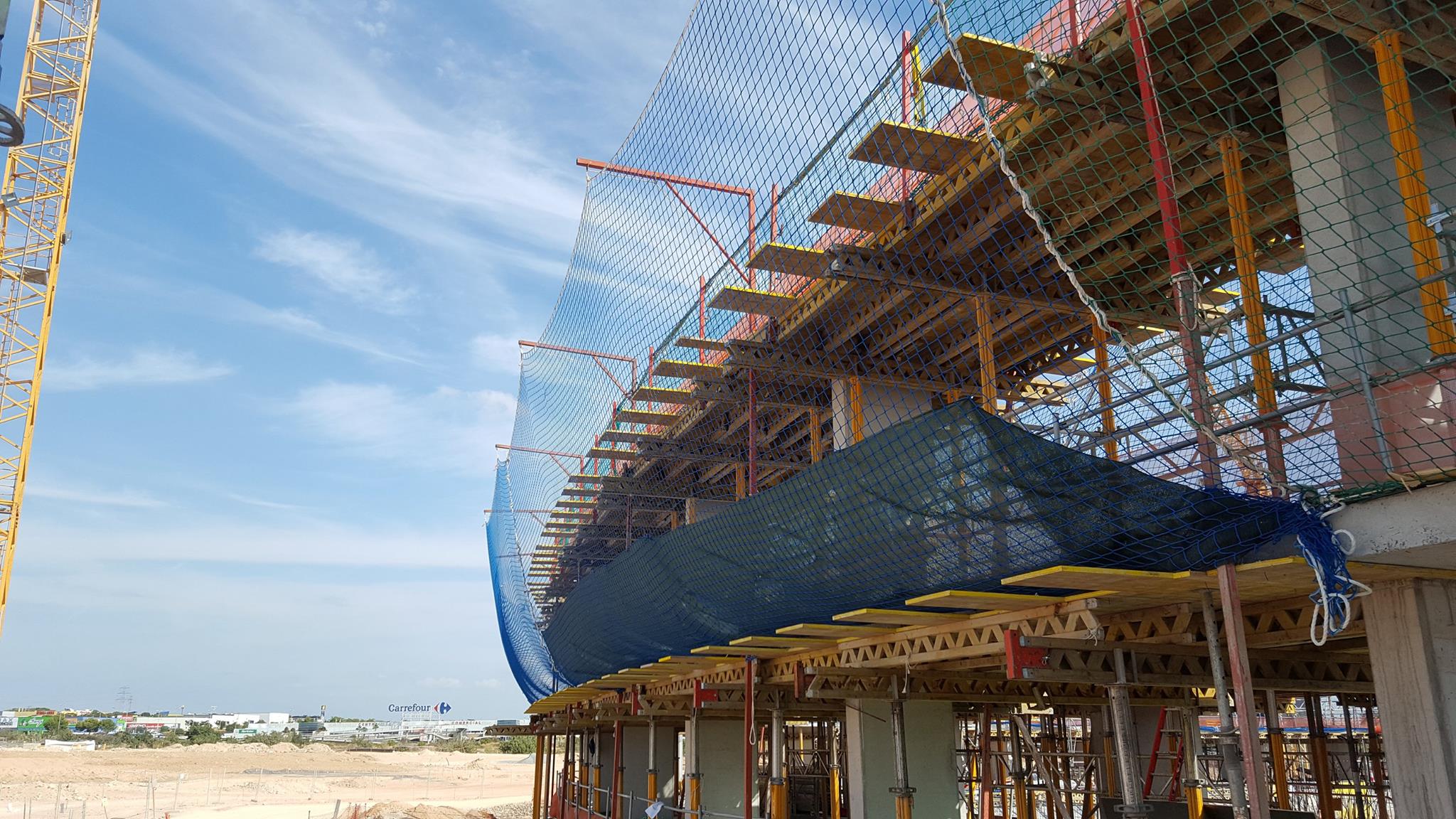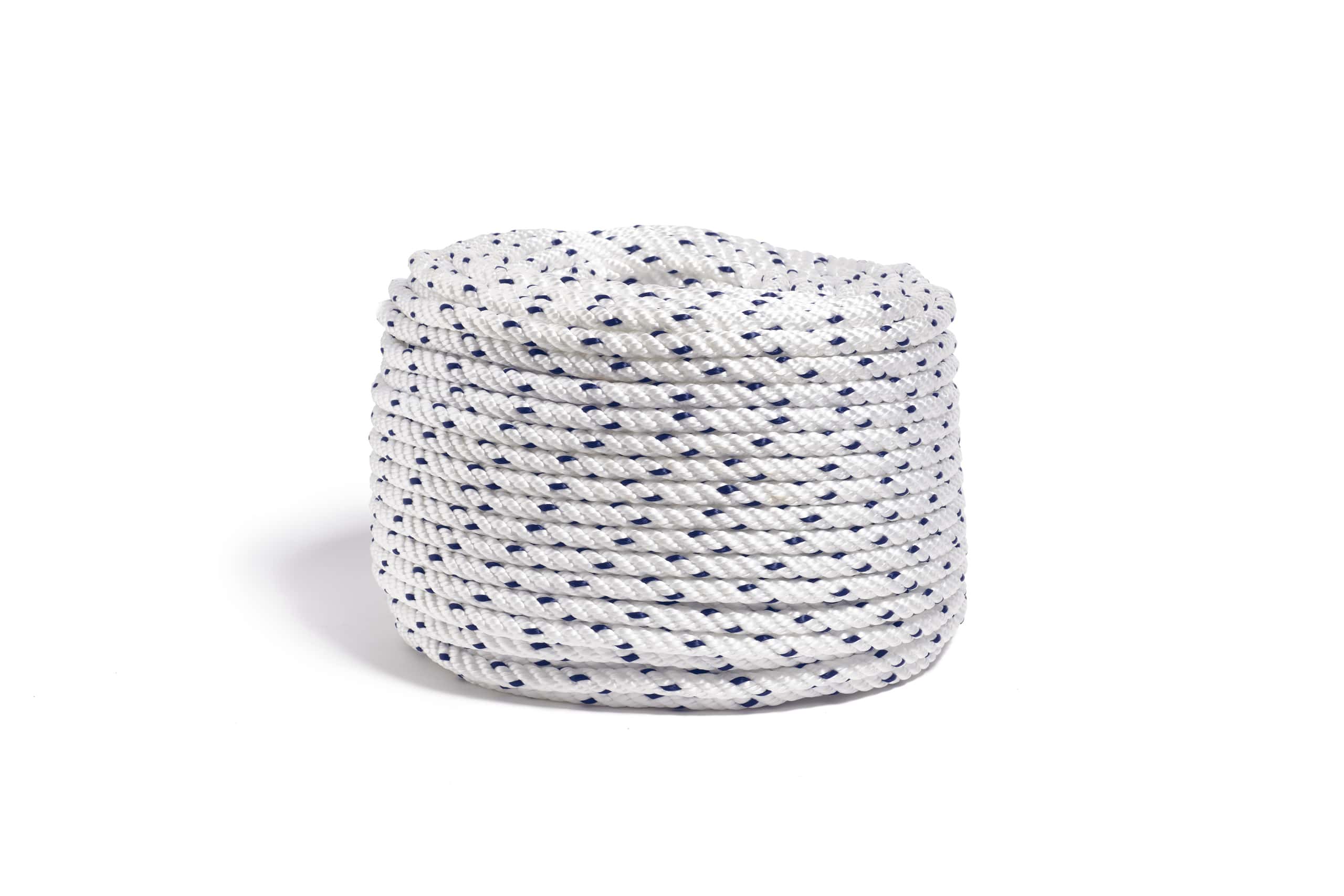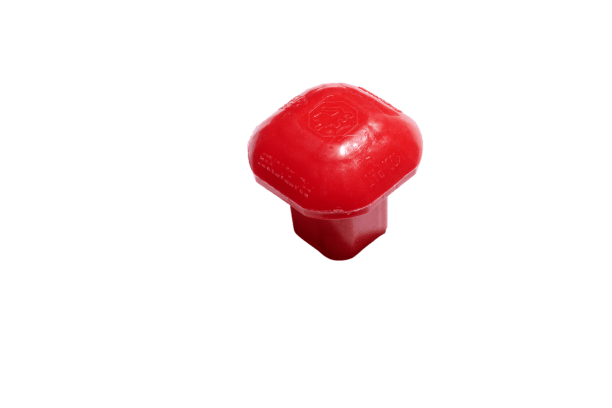
System V
Resistance and safety guaranteed in any of our systems and nets.
- 1 piece antenna
- 2 pieces antenna
- Coated passivated carbon
- Cotton
- Cotton EN 1271
- Cotton with fringes EN 1270
- HDPE
- High Tenacity Polyamide
- Latex rubber on the inside coated with high tenacity polyester
- Nylon
- Nylon EN 1270
- Nylon EN 1271
- Nylon with fringes
- Nylon with fringes EN 1270
- PA
- PaHT
- PES
- PET
- PP
- PP (semi-circular goal)
- PP coated lead rope
- PPHT
- PPHT raffia
- PST
- PVC
-
 Main product
Main product
System V Net EN 1263-1
Covers the risk of falling from the outer perimeter of concrete structures, when formwork and concreting of upper slabs is being carried out.
-

Roped rope EN 1263-1 20kN type G
Used for tying safety nets. -

Gallows base
It is inserted into the floor slab to support the gallows. -

Protective cap
It is used as a protection on corrugated steel rods. -

Braided rope EN 1263-1 20kN type G
Used for tying safety nets. -

Binding rope EN 1263-1 7,5kN type O
Linking networks together.
Safety nets
We focus practically all our production on knotless polypropylene because it has the best qualities for compliance with European standards.
DIMENSIONAL STABILISATION OF THE KNOTS. Nets with knots need a thermofixing process to fix the knots. If this is not done correctly, it can lead to different mesh sizes within the same net, which is absolutely impossible for knotless nets.
KNOTLESS NETS TAKE UP LESS SPACE AND ARE EASIER TO PACK. Therefore, in terms of transporting the nets, this factor saves space and money.
KNOTLESS NETS ARE LIGHTER. This is also an important value when transporting and installing large nets.
DOES NOT CAUSE SERIOUS DAMAGE IN THE EVENT OF A FALL. In the event of a fall, people can suffer cuts, scratches and burns after contact with knotted nets. In the case of knotless nets this is unlikely as the surface of the net is flat.